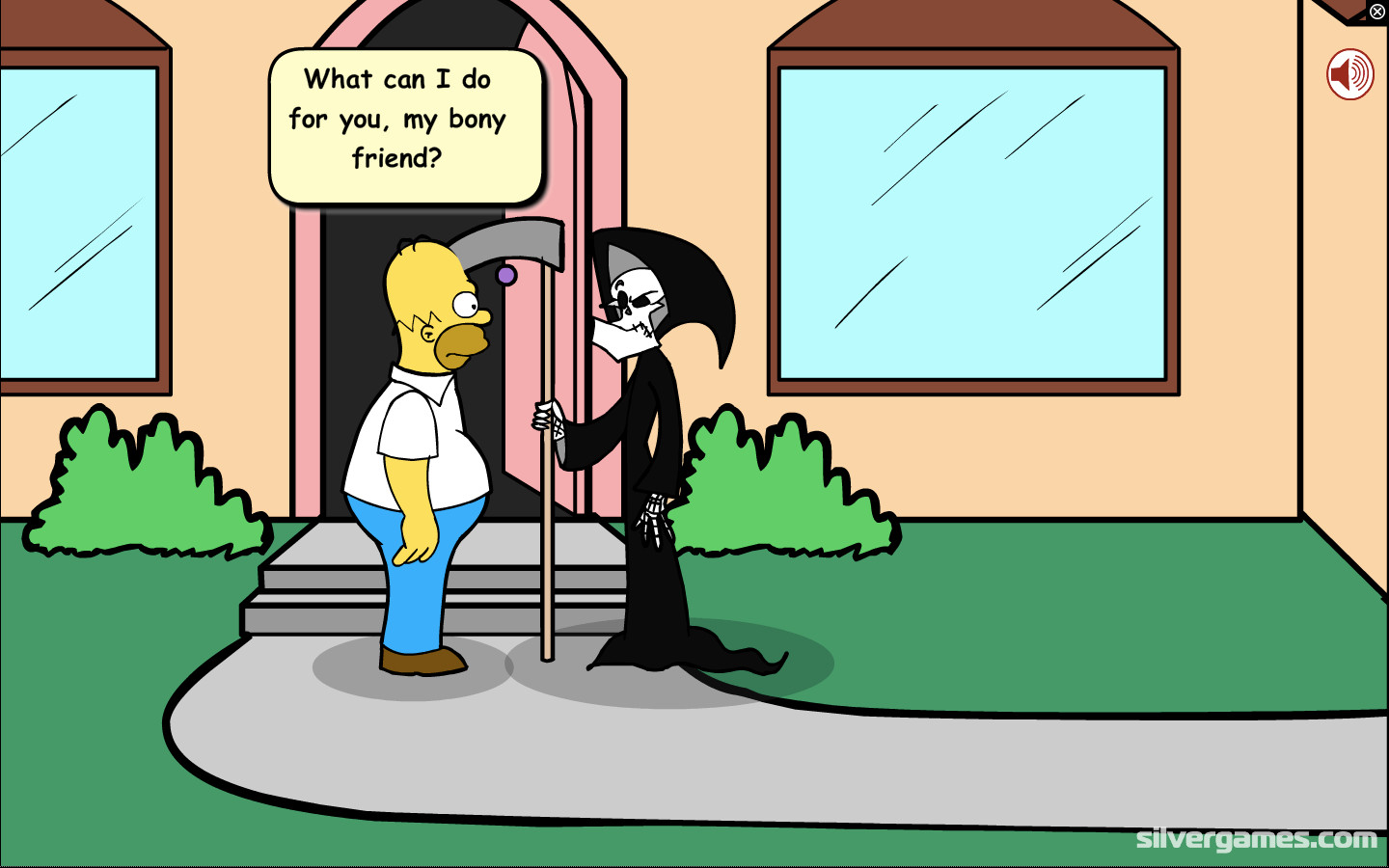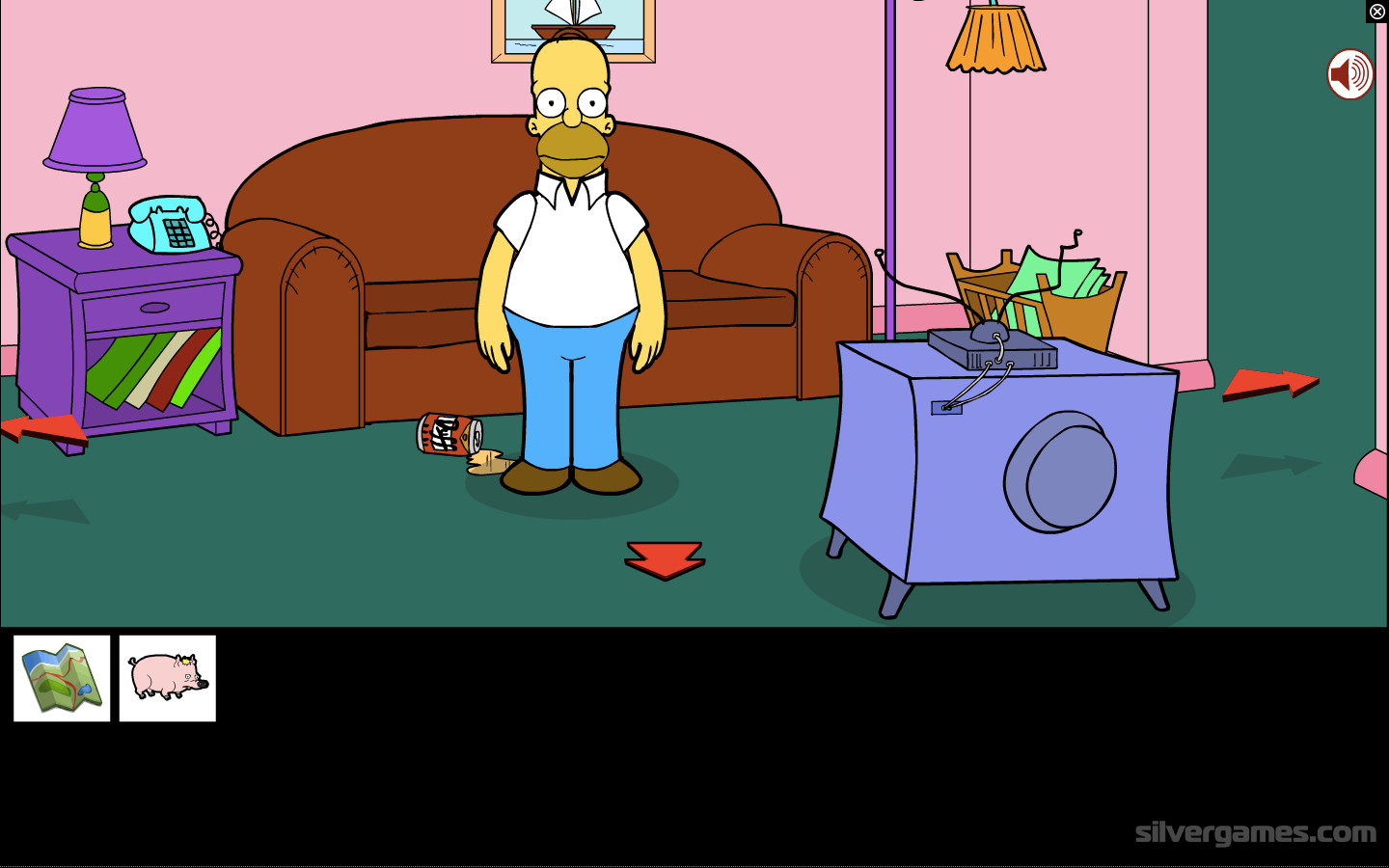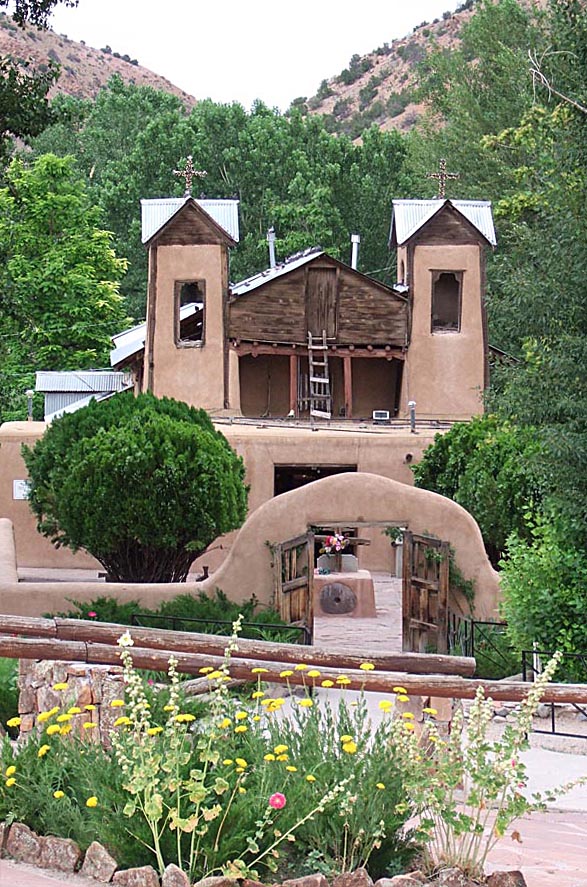Table of Content
E.g. will generate ń in some eastern European locales, and there is no alternative keystroke for ñ in these locales. The same applies to uppercase Ñ. On Linux it can be created by pressing Ctrl+Shift+U and then typing '00d1' or '00f1', followed by space or Ctrl to end the character code input.
The fourteenth letter of the English alphabet, called en and written in the Latin script. The fourteenth letter of the basic modern Latin alphabet. On the iPhone and iPad, which use the Apple iOS operating system, the ñ is accessed by holding down the "n" key, which opens a menu (on an English-language keyboard). Apple's Mac OS X 10.7 Lion operating system also made the "ñ" available in the same way.
Portuguese
Then the screen fades to white. It is also used to represent the velar nasal in Crimean Tatar and Nauruan. In Malay, the Congress Spelling System (1957–1972) formerly used it for /ŋ/ before /g/. In Turkmen, it was used for /ŋ/ until 1999. In Latin-script writing of the Tatar language and Lule Sami language, ñ is sometimes used as a substitute for n with descender, which is not available on many computer systems.

The 14th letter of the English alphabet, a consonant. Any of the speech sounds represented by the letter n. On the other hand, other consonants are often silent when they precede an ⟨n⟩ at the beginning of an English word.
Descendants and related characters in the Latin alphabet
Don't like the ads? Then create an account! Users with accounts will only see ads on the Main Page and have more options than anonymous users. "N" Oxford English Dictionary, 2nd edition ; Merriam-Webster's Third New International Dictionary of the English Language, Unabridged ; "en," op. cit. In English, ⟨n⟩ is generally silent when it is preceded by an ⟨m⟩ at the end of words, as in hymn; however, it is pronounced in this combination when occurring word medially, as in hymnal.
When it follows a particle like m.k, it indicates the subject of the clause. This should not be confused with the negative particle, which is written identically. This article was most recently revised and updated by Michael Ray. Corrections? Omissions? Let us know if you have suggestions to improve this article .
Latin
The fourteenth letter of the Portuguese alphabet, written in the Latin script. The seventeenth letter of the Nupe alphabet, written in the Latin script. The fourteenth letter of the Norwegian alphabet, written in the Latin script. The eighteenth letter of the Maltese alphabet, written in the Latin script. The fourteenth letter of the Malay alphabet, written in the Latin script. The twentieth letter of the Livonian alphabet, written in the Latin script.

As Peña's administration had many critics, their objections were sometimes whimsically expressed as "ÑO." From a doubled letter N in Spanish words of Latin origin. In cursive writing, the n on top developed into the tilde. The third time he is seen is in Nimbasa City in the amusement park, where he invites the player to go with him to the Ferris wheel, showing a childish personality for the first time. When the two of them enter the wheel, N reveals his status as the King of Team Plasma, and what his objective is. After descending from the wheel N and the player are interrupted by Plasma Grunts, who are looking for their "lord".
The Society for the Advancement of Spanish Letters in the Anglo Americas is the preeminent organization focused on promoting the permanent adoption of ñ into the English language. Prior to the events of the game during his early childhood, he was forced by his adoptive father to grow amongst abused Pokémon, thus growing resentful of humans. N is a tall, thin young man. He is fair-skinned with blue eyes and long tea green hair tied into a low fluffy ponytail and shorter streams framing his face. He wears a white, mid-sleeved shirt with a black shirt under it, a pair of cider green slip on shoes and beige skinny fit pants, with a cube attached to his chain near his left hip.
In spite of this, he also remains a teenager and can enjoy things such as an amusement park. The ordinal number fourteenth, derived from this letter of the English alphabet, called en and written in the Latin script. The form evolved from early inscriptions from Thera and Corinth to a three-stroke character in the Ionic alphabet of Abu Simbel. The four-stroke Etruscan character resembled the Latin M, while the Latin form was largely indistinguishable from the modern N. The Carolingian hand developed the rounded minuscule form, and from this derives the modern minuscule n.
He saves the player from Ghetsis (Who incapacitates the player by using Kyurem's Glaciate) using Reshiram/Zekrom. But Ghetsis, anticipating N's arrival, uses the DNA Splicers to fuse Kyurem with either Reshiram/Zekrom to form Black Kyurem/White Kyurem. N begs the player to help him. The player succeeds, Black Kyurem/White Kyurem splits back into Reshiram/Zekrom and Kyurem, and N gets his Reshiram/Zekrom back while Kyurem disappears. Ghetsis, angered that the player folied his plans, challenges him to a Pokémon battle.
Newton; nitrogen; normal , used with a number designating the strength of the solution relative to the normal, e.g., N/2 or 0.5 N for half-normal. When followed by an adjective and modifying a feminine noun, the form ne may be used. See the etymology of the corresponding lemma form. Proposed in 1908 as part of the new Latvian spelling by the scientific commission headed by K. Mīlenbahs, which was accepted and began to be taught in schools in 1909.
Bianca and Professor Juniper soon show themselves, with the latter being questioned by N about how she can give Pokémon to trainers making them "suffer". The Professor only says that their views are different but equally respectable; N is furious and takes his leave. Eventually he comes to realize his mistakes and tries his best to improve the relationship between humans and Pokémon.
The sixteenth letter of the Faroese alphabet, written in the Latin script. The fourteenth letter of the Estonian alphabet, called enn and written in the Latin script. The eighteenth letter of the Esperanto alphabet, called no and written in the Latin script. In the second and third person when it follows an adjective, it forms the subject of an adjectival sentence. The fourteenth letter of the Dutch alphabet, written in the Latin script.
























